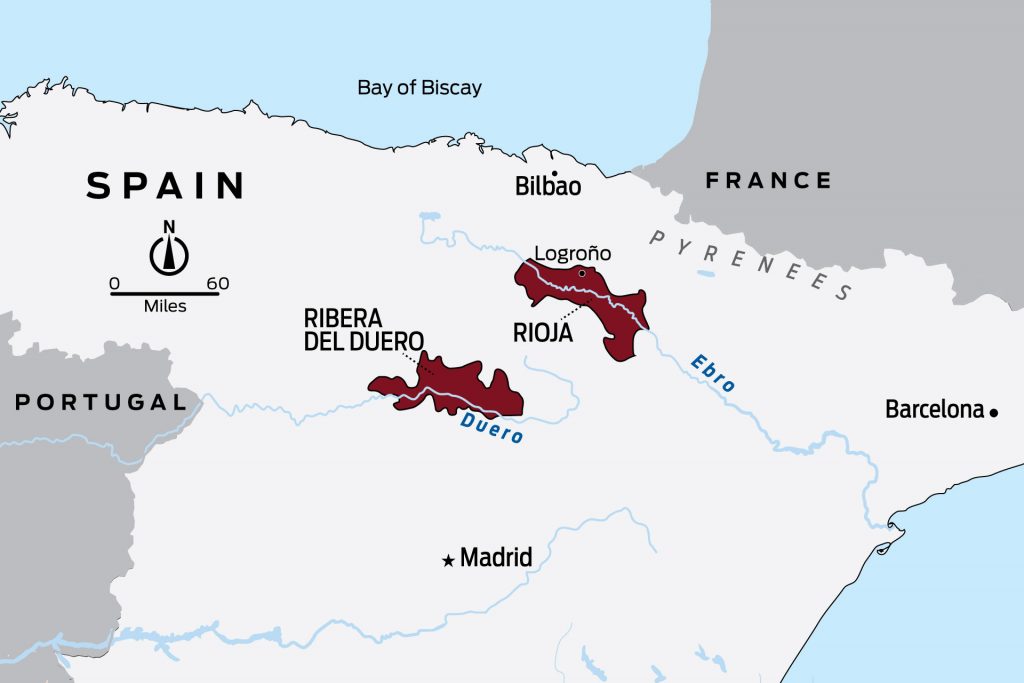What makes a good wine/food match?
Often when trying to match wines with food, I search the internet for what goes with a particular wine or wine type. Each site offers specfic foods or recipes to try and many times the sites are conflicting in what they recommend. When this happens it is hard to know which site is right or whether they are just guessing based on their own trial and error.
I want to understand a bit about the science behind it - why do some wines work with some foods and not work with others? I want to test the theories and see if I get the same results as some of the experts who have come up with wine pairing guidelines and make recommendations based on their theories.
This blog series is about testing the theories on what works and what doesn't and to explore how our palates respond to the different flavour combinations. The quest begins...
The Test: Dopff & Irion Cuvee Rene Dopff Riesling

This wine is one of our imports and is a great example of dry Alsatian Riesling at a great price. On this evening, the wine was showing aromas of light fragrant spring flowers, lemon, and fresh herbs. On the palate, I was getting pink grapefruit, green apple, and sage with a crisp dry finish.
What are the theories for matching acidic wines?
Riesling is generally high in acid - so I went in search of "rules" to test for matching acidic wines. I came across a blog article called 6 Basics to Food & Wine Pairing by Madeline Puckette, a wine writer for Wine Folly. I have found Madeline's articles on wine / food pairing quite good so decided that I would start with some of these theories to test them out on my own. Here are her 6 basic rules:
" the 6 basic profiles to work with when thinking about matching food and wine:
- Acidity in wine pairs well with fatty and sweet foods.
- Fatty foods need either an acidic or high alcohol wine, otherwise the wine will taste flabby.
- Bitter (aka Tannic) wine can be balanced with a sweet food.
- Salty shouldn’t compete with acidity in wine. Use sparingly as necessary to keep sharpness in the meal.
- Sweet food/wine benefits from a little acidity.
- Alcohol can be used to cut through fatty foods or balance a sweet dish."
The general theories and guidelines that I will be testing that I gleened from this article are:

- Acid + Acid - the theory is that pairing an acidic wine with an acidic dish can work as long as the there is acid balance across the wine and dish.
- Acid + Fat - the theory here is that acid will cut through the fat in the dish and bring out more flavours across both.
- Acid + Sweet - there wasn't a theory identified in the article around this - just the statement in the first basic profile above.
The Meal: Sausage & Kumara Mash with a Spring Salad

Pork Sausage - Acid + Fat Test
I decided to use the New Zealand L'Authentique Traditional Toulouse Pork Sausage for the main to test the Acid + Fat theory. I love their declaration "Homemade in New Zealand by imported Frenchmen."

Kumara Mash - Acid + Sweet Test
I used red kumara and sauted it in butter, cream, salt, and a little sugar until soft and caramelised and then mashed. This produced a rich sweetness to the mash.
Spring Salad of Greens, Beetroot & Chevre with Lemon Vinegarette - Acid + Acid Test
I made up a salad dressing of lemon juice, olive oil, white balsamic, and herbs and spices which made up the acid component. The salad itself was simple mixing of greens, mint, beetroot, chevre, and capsicum.
Chevre + Dry Riesling Test
We finished off the meal by tasting the wine with the Chevre on its own to see how well the wine matched.
The Results
The judges of this test were Michael and myself and we were in agreement on this.

Best Pairing : Acid + Fat (Dry Riesling with Pork Sausage)
With the sausage, the wine did cut through the fat resulting in the wine's acid dialing back a bit, providing the wine with a fatter texture and richer flavours. The sausage also became a bit sweeter with more flavour.
Michael's pairing rating - 8/10.
Acid + Sweet (Dry Riesling with Kumara Mash)
The Kumara Mash sweetness actually made the wine a wee bit sweeter - rather than pink grapefruit coming through, the citrus flavours coming through were more like orange.
I am not sure if this was a valid test as there was also fat in this dish that could have provided the better result.
This theory needs more testing.
Michael's pairing rating - 7/10.
Acid + Acid (Dry Riesling with Salad with Lemon Vinaigarette)
The acid was not as well balanced as it needed to be between the wine and the salad. Michael said that the combination (or just the salad on its own) was too acidic for him. The combination though brought out more texture in the wine but also more sour flavours - moving toward yellow grapefruit on the palate.
I am not convinced if you even get the acid balance correct that this will ever be a good pairing.
But I could be proved wrong.
Michael's pairing rating - 5/10.
Acid + Cheese (Dry Riesling with Chevre - Goats Cheese)
The wine actually overpowered the goats cheese a bit. The flavours of each stood together fine. However, the creamy loveliness of the Chevre on the tongue was washed away by the wine.
Michael's pairing rating - 6/10.
My Learnings
 |
Acid + Fat |
 |
Acid + Sweet |
 |
Acid + Acid |


